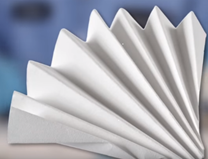Correctly folded filter paper can improve lab efficiency and lab productivity. Try these techniques to use more of the surface area for gravity filtration.
Gravity filtration is one of the more straightforward methods used in many analytical and R&D laboratories. In this blog post, we describe how to fold your filter paper to maximize the surface area for filtration. We also cover some key time-saving tips and tricks.
The quadrant-fold technique
Many labs use the quadrant-fold technique to fit a piece of cellulose filter paper into a funnel. This approach involves folding the paper in half and then in half again before opening it out to form a cone.
However, this folding technique brings with it a potential loss of efficiency. Because only half of the paper surface area is available for filtration, there is a drop in the effective flow rate. Although this might not add much time for individual filtrations, the delay can be compounded over multiple procedures, reducing productivity.
An alternative approach is to use fluted cellulose filter paper to improve filtration efficiency. Some pre-folded filter paper grades and sizes can be purchased. But if the exact specification is unavailable, it can be useful to know how to fold/flute your own filter papers.
The fluting technique
Fluted filter paper (also known as pleated paper) provides a larger surface area for filtration, increasing flow rate and loading capacity. Maximizing these properties enables the processing and analysis of more samples in a shorter period.
Fluting your own filter papers may also be a cost-effective alternative to pre-folded papers. Here are the steps:
- Fold the filter paper in half, in half again, and then in half one last time to create eight sections separated by creases
- Open the filter paper up into the quarter position
- Fold each side into the center fold
- Open the filter paper all the way so that the circle is fully open
- Take three fold lines and push the center fold down and the two outer folds together
- Repeat step 5 all the way around the filter to create a concertina effect
- Gather the folds together and place into the funnel
- Pour some liquid in to wet the filter paper, and then proceed to filter solutions as normal
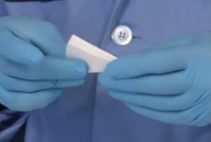
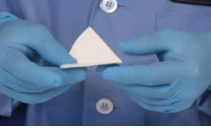


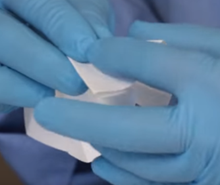


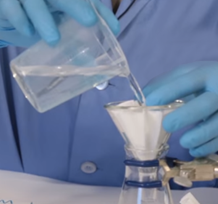
We recently wrote another blog post with tips on vacuum filtration. Several of those tips can also apply to gravity filtration. Additional tips include:
- Always clamping your filter apparatus
- Using a glass rod when pouring liquid into the funnel
- Avoiding overfilling the filter paper
- Using the correct size filter paper for the funnel
Try our Whatman Filter Selector App to find out if you are using the most appropriate filtration solution for your samples. To discuss any challenges you are facing, please contact Cytiva
For Samples or to contact a Specialist
